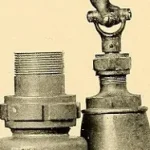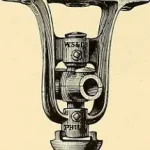
If you Google ‘fault tree analysis’ (which I know you probably haven’t), you’ll get a horrible definition that goes something like …
… a fault tree is a deductive failure analysis tool that uses Boolean logic to combine a series of lower-level events to understand the probability of a top-level system failure …
This is technically correct. Unfortunately, definitions like this don’t really help anyone. They make fault tree analysis or ‘FTA’ sound like some abstract math exercise, when in practice, fault trees are one of the most practical and human-friendly tools we have to help solve a huge range of engineering and manufacturing problems. At their core, fault trees are a way of collecting our thoughts, visualizing brainstorming sessions, and structuring messy ideas in a way that helps us make sense of what starts out as being hugely complex problems.
[Read more…]











 Ask a question or send along a comment.
Please login to view and use the contact form.
Ask a question or send along a comment.
Please login to view and use the contact form.